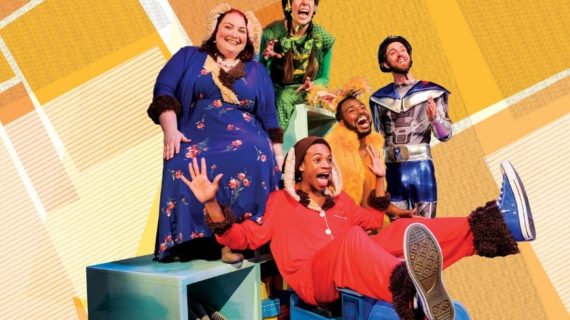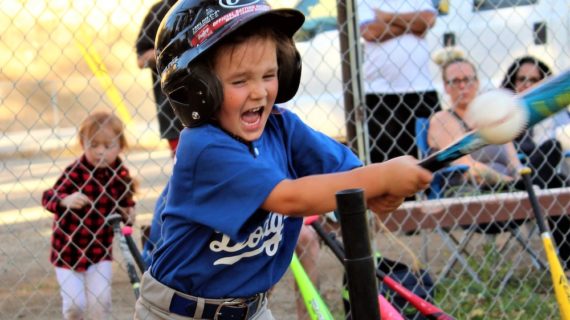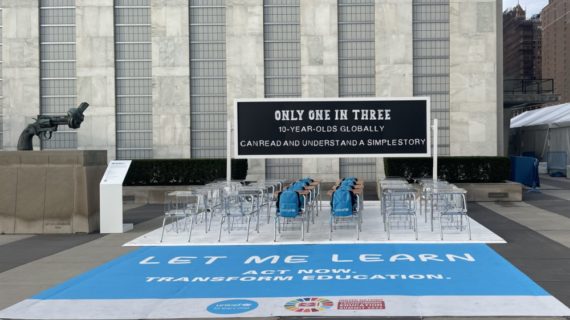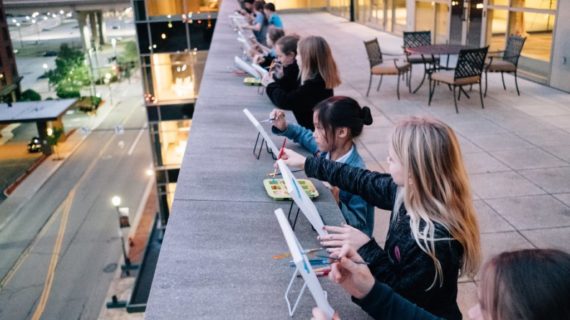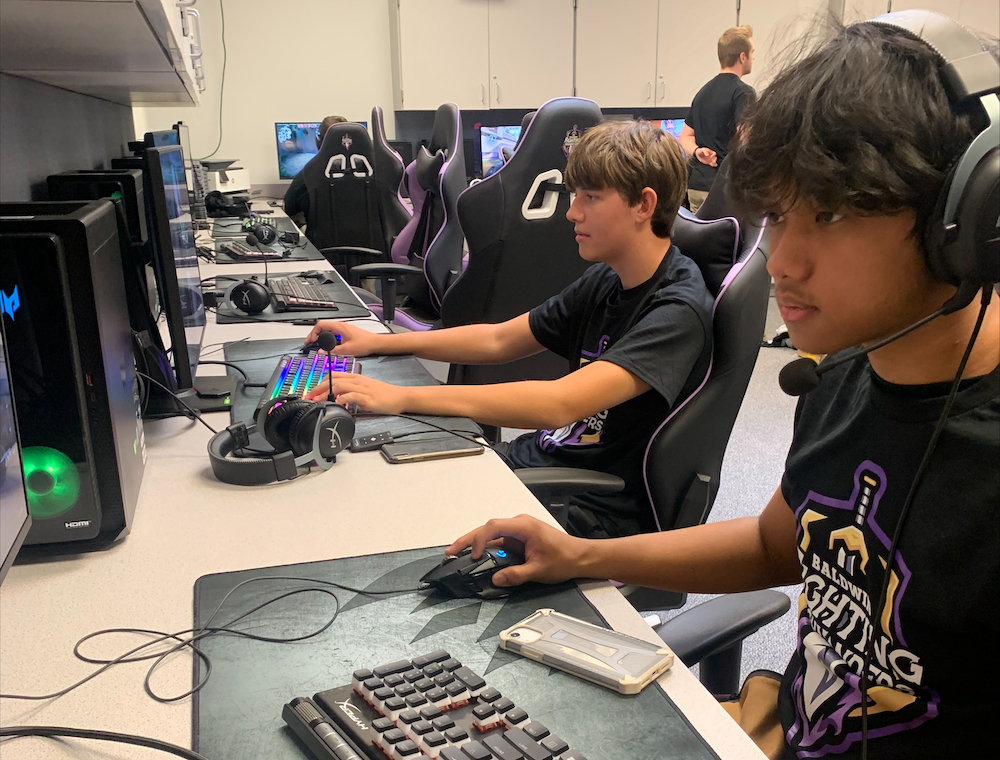
High school esports teams teach communication skills, teamwork and STEM learning
Esports is now over a billion-dollar business with professional teams competing in packed stadiums. Colleges are now making teams, too, and even high school esports teams are emerging.
About a dozen high schools around our region now have competitive gaming teams. On a recent visit to Baldwin High School, which just started a team this school year, I found students competing at a game called Rocket League. Think of it like soccer with cars.
Rocket League is one of the most popular video games for young people. But instead of playing at home, these kids are playing at school for Baldwin High School’s new varsity and JV esports teams.
“It’s always really fun here,” says Annan Gurung, a junior at Baldwin High School on the esports team. “I have something to do after school. I have friends here. We have a lot of fun.”
Janeen Peretin, who serves as Baldwin’s director of communication, innovation and advancement, helped the district get a grant to purchase 12 computers at about $2,000 each, plus other equipment.
The school’s gaming PCs are better than what most kids have at home. The faster speeds allow them to compete at higher levels. But it’s the teamwork and camaraderie the kids like most.
“I like that I’m able to work on my communication skills and meet a lot of new people I wouldn’t have crossed paths with if I hadn’t made the team,” says Ace Austria, a senior and the only female member of Baldwin’s esports team.
Annan agrees that communicating in person as a team is valuable: “Normally you would just play the game and meet people anonymously online, but in person, you can talk more freely with your teammates and stuff.”
Peretin sees many benefits to the students: “It’s communication. It’s strategy. It’s working as a team player,” she says. “So many of those other aspects that we’ve come to love from traditional athletics you see in action here every moment they’re playing.”
STEM learning is also in the mix: Baldwin High School educators also believe this could help kids interested in working in the gaming industry in coding, marketing, graphic arts and so many other areas. Eighth-grader Ethan Green, who’s also on the team, says, “I’ve always been thinking of being a video game developer.”
High school students are clearly interested: When Baldwin surveyed its high schoolers, 75 percent said they consider themselves gamers, which contributed to the district starting the team. The district then held tryouts, and 16 kids in middle and high school made the JV and Varsity teams.
For these kids, the opportunities don’t end with high school.
Robert Morris University is one of almost 250 colleges nationwide that now have esports teams. RMU has 55 players competing across 13 titles, and the school provides about $20,000 a year in scholarships for kids recruited to play on their competitive gaming team.
“It gives an opportunity for people who aren’t as physical to get college offers and actually go somewhere for something that used to be considered a hobby,” says RMU freshman Dylan Leonhardt.
The team’s coach, Nathan Elias, says, esports “offers an opportunity that maybe these kids don’t have with traditional sports. They’re not interested in it. It’s another opportunity to build teamwork and competition.”
